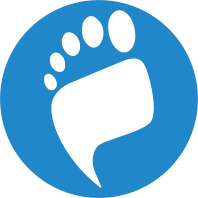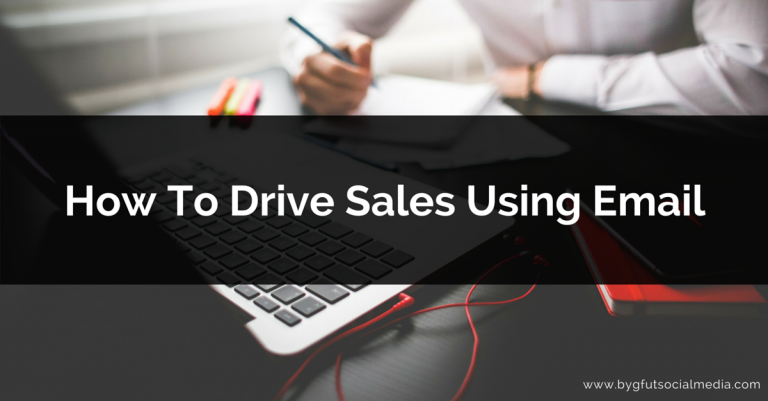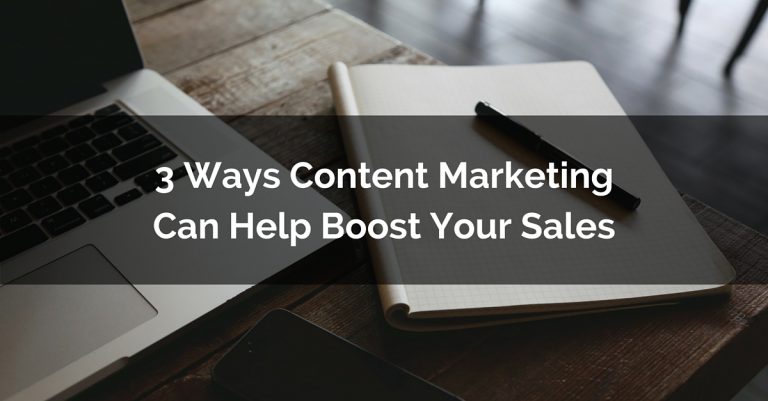You don’t have a traffic problem, but a conversions problem
Got a traffic problem or a conversions problem?
“I typed my business name on Google and I couldn’t find my website” – ever heard that before?
You probably have, if you’re a web designer / developer.
Business owners often feel they need to apply all the SEO tricks in the book in order to rank higher on Google search results. There’s nothing wrong with that, but the problem with the whole ranking fiasco is that most business owners end up focusing more on ranking on Google page one, and forget they have a conversions problem.
The Google factor
A well optimised website can be found on search results, and this can lead to a lot of traffic to that website. Google determines which websites should rank on page one based on how “relevant” they think the website is to the person searching for information.
This is a “vetting” process, if you will, because Google wants people to trust them as a source of quality information, as opposed to a platform which spews out random information, based on certain keywords.
Reputation is something very important within the tech world, and Google wants you to be happy using their tools. Imagine being referred to a fake website with malicious contents… now that’s going to put a dent on Google’s reputation.
Okay, enough of that… this is not about Google, but about tackling the conversions problem most businesses face, based on the traffic they get from Google and other search engines.
Are you experiencing a surge in “traffic” buddy?
Imagine opening up your web analytics (whichever one you’re using) to see how many visitors your website is getting on a daily basis (organically), and you notice a jump in traffic. The usual feeling would be that of elation, however, there’s something missing.
What’s that?
It’s CONVERSIONS!
Now this is based on the KPIs you’ve set (it could be leads, sales, downloads, quote requests, phone calls, contact form usage, etc, etc.). Conversions is what you determine and if you’re not getting it, then you have a conversions problem.
We’ll get to that later… let’s talk a bit more about the traffic aspect here.
If your website is receiving a good amount of traffic, then it means you must be doing something right. In most cases, websites with quality contents and well optimised pages can get found through search results.
Remember, Google (I believe other search engines too) is keen on showing “relevant” information on search results. If your website has fresh contents and people are browsing through the pages on it to check out more of your stuff, then Google is likely to pick on that behaviour, in order to know if it should send traffic your way.
Now, please don’t take the above as a final SEO strategy.
It goes beyond just creating good contents (important though, but that’s not all there is to it). If your website is slow to load, not optimised for mobile, runs on HTTP (no SSL certificate) instead of HTTPS (has SSL certificate) especially in ecommerce, then your “good contents” may struggle to “see the light of day” on the search results.
Getting traffic to your website is not really a major problem.
Do businesses struggle with this? Yes, of course!
However, the key thing is ensuring that traffic is worth it. That means the visitors you’re sending to your website are actually the ideal crowd you want on your website. If what you’re offering is not relevant to them, they’ll leave; if it is, then they’ll go ahead to find out more, and eventually convert.
Attract, don’t repel
The reason I say that most businesses have a conversions problem, not a traffic problem is because of how they’ve setup their websites (or landing pages / funnels) to “welcome” their visitors.
You want leads / sales / quote requests, etc., right?
Well, to have your desired conversion(s), you have to ensure your conversions platform is setup to achieve that purpose.
It has to attract your visitor, not repel him / her, and also prompt him / her to go further to learn more about your services.
Apart from the regular page load aspect (which determines if the visitor will stay or leave, based on attention span), your website needs to be laid out in a way which will enable your visitors to find what they want easily.
Some common conversions elements to consider:
- A direct question: when you’re asking just one question which relates to what your ideal client / customer is looking for, you’re giving him / her the impression that you have a solution (of sorts) in store. A question opens up a conversation, and based on that, the visitor will be prompted to look further.
- FAQs: if you have a section with frequently asked questions, this can help the visitor fully understand how you solve problems
- Surveys: this aspect helps you understand the problem the visitor has, based on how he / she responds to the questions on the survey
- Chats: almost every website or software on the web today has some sort of chat system attached to it, but what helps with conversions is the quality of the chat. To close a sale within a chat takes skill and patience, and you have to give the visitor enough opportunity to talk, so that way you could decipher where the problem is, and how to go about solving it
- Lead magnets: this is a common setup used to generate leads. What matters the most nowadays is the quality of the lead magnet. In the past you could slap up anything for people to download, but today, you have to be more creative than just a “download my ebook” or “sign up for my newsletter” approach. Make it more valuable, easy to consume, with actionable steps for your new leads to take, and a simple way to reach you if they choose to work with you
- Quote forms: if your business requires sending out quotes to potential clients / customers, then you can also use this medium to see if you can get them to make quick decisions. How? By creating a redirect to an offer, so when they’ve filled out a short form to request a quote, they can be taken to another page to speed up their decision making.
- Dynamic contact forms: the regular contact forms on most websites are just ‘bland’. If you create a contact form when serves as a mini communication channel, you could gain more insight into what the visitor on your website wants. This could also serve as a filter to wade off spammers or time wasters.
Conclusion
I’ve always believed that getting traffic is not a problem. Paid traffic is instant, while organic takes time and effort, but all in all, you’re still going to get it. Conversions is where the rubber meets the road.
If you’re not optimising your online platforms for conversions, then you’re not going to see the results you’re looking for.
Having a tool which could be used to solve a problem is one thing, knowing how to use that tool is another thing.
This is the reason most businesses have a conversions problem. They have the traffic, but they don’t know what to do with that traffic (in some cases, the traffic is not the right one for their business, because their content marketing strategy is either non existent or completely done the wrong way).
So, when you look at your web analytics, what are you seeing in terms of traffic and how does it correspond with the conversions you’re currently getting?
I’d like to know your thoughts on this. please leave a comment below and also share this post to your social networks via the available buttons.
To your success!











